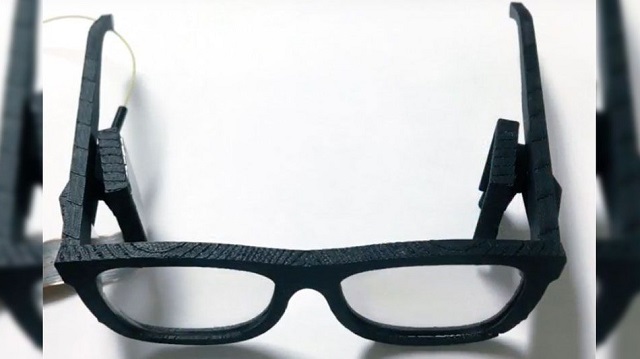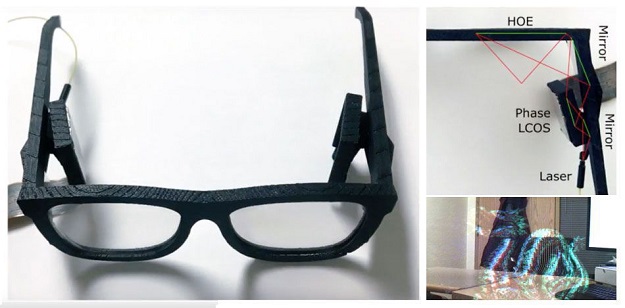
Mainstream AR has been restricted so far to smartphones, like most other apps, but with this new development, things might just change.
Microsoft is looking to make gains in the wearable AR department with a team testing a new prototype of AR glasses.
Microsoft aims to make artificial intelligence mainstream
Before Snap gets any ideas of converting its Spectacles wearable camera into a device fitted with augmented reality app filters, Microsoft's team presented a pair of glasses on Friday that use near-eye displays to produce holograms to the wearer.
 PHOTO: MICROSOFT RESEARCH
PHOTO: MICROSOFT RESEARCHWith an 80-degree field of view along with the ability to correct for a person's astigmatism, the glasses allow virtual objects to be viewed through the AR glasses without any additional corrective lenses.
"In future work, we plan to integrate all these capabilities into a single hardware device while expanding the exit pupil to create a practical stereo display," Microsoft's team wrote in a research paper.
"In this way, we hope to become one step closer to truly mobile near-eye displays that match the range of capabilities of human vision."
Microsoft launches stunning new Surface laptop
Microsoft dedication in AR is apparent with the HoloLens, but with the likelihood of AR eyeglasses being fielded by the major AR players in the market such as Facebook and Apple, it is only a matter of time before someone comes up with the product.
Microsoft certainly seems to be heading the race so far.
This article originally appeared on Mashable.




1736599343-0/fizza-(8)1736599343-0-165x106.webp)



1736605969-0/Copy-of-Untitled-(7)1736605969-0-270x192.webp)


1736508423-0/Express-Tribune---News-Desk-(9)1736508423-0-270x192.webp)

1736495887-0/sidra--(63)1736495887-0-270x192.webp)









COMMENTS (1)
Comments are moderated and generally will be posted if they are on-topic and not abusive.
For more information, please see our Comments FAQ